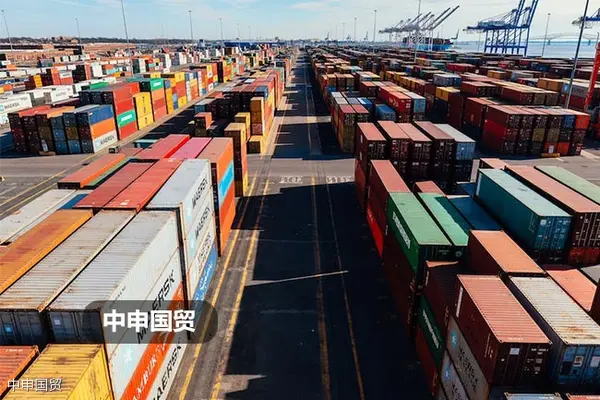- Shanghai Zhongshen International Trade Co., Ltd. - Two decades of trade agency expertise.
- Service Hotline: 139 1787 2118

Changes in access conditions under new industry regulations
The revised version of the "Interim Measures for the Administration of Agricultural Machinery Imports," which will take effect in 2025, clearly stipulates:Tractors with an imported traction force of ≥90 horsepower must provide original emission certification.The agency needs to assist clients in completing three key preparations:
- Verification of the Matching Degree Between Equipment Technical Parameters and Customs Classification
- Real-time monitoring of the target country's agricultural machinery access catalog updates
- Independent inspection report for special components (such as hydraulic systems)
Core Competency Evaluation System for Agency Companies
The identification of high-quality agents should be based on a multi-dimensional evaluation model:
- Policy Response Speed: The tariff database is updated within an average of 3 working days.
- Customs clearance exception handling: The success rate of dispute resolution in the past three years is ≥92%.
- Supply Chain Integration: Establish dedicated logistics channels for at least five major ports.
A Three-Tier Optimization Plan for Cost Control
Professional agency services can reduce the overall import costs by 18-25%, primarily through:
- Optimization of Tariff Strategies
- Leverage the ASEAN Free Trade Agreement to achieve zero tariffs on 32 categories of agricultural machinery.
- The combined declaration model reduces VAT costs.
- Logistics cost reduction
- Special Rate Negotiation for LCL (Less than Container Load) Cargo
- Port demurrage insurance coverage
Practical Strategies for Risk Prevention and Mitigation
Agriculture in 2025Equipment ImportsThe emerging risk points include:
- Biosecurity Treatment Certificate Mandated by South American Countries
- The EU CE certification has been extended to cover refurbished second-hand machinery and equipment.
- Thirteen African countries implement localization ratio requirements for imported agricultural machinery assembly.
A mature agency should establish a three-tier early warning mechanism: pre-event document compliance review, real-time trajectory monitoring during the event, and post-event legal relief channels.
Inspiration from Typical Case Operations
Typical issues encountered by a provincial agricultural cooperative in China when importing German silage harvesters in 2024:
- The original factory technical parameters do not match the customs declaration, resulting in port detention.
- Failure to apply for duty reduction for specific purposes in a timely manner resulted in an overpayment of 147,000 yuan.
- Missing parts declared separately lead to difficulties in subsequent maintenance.
After the intervention of professional agents, 85% of the additional losses were ultimately recovered through remedial declarations and tax refund procedures.
Key metrics for measuring service value
When selecting an agency, the following data verification service capabilities should be requested:
- Comparison of Annual Average Customs Clearance Time with Industry Benchmarks
- Statistics on the Frequency of Customs Audit Issues
- Emergency Response Time Commitment Letter
- Historical Dispute Case Handling Archives (Desensitized)
Related Recommendations
? 2025. All Rights Reserved. Shanghai ICP No. 2023007705-2  PSB Record: Shanghai No.31011502009912
PSB Record: Shanghai No.31011502009912










